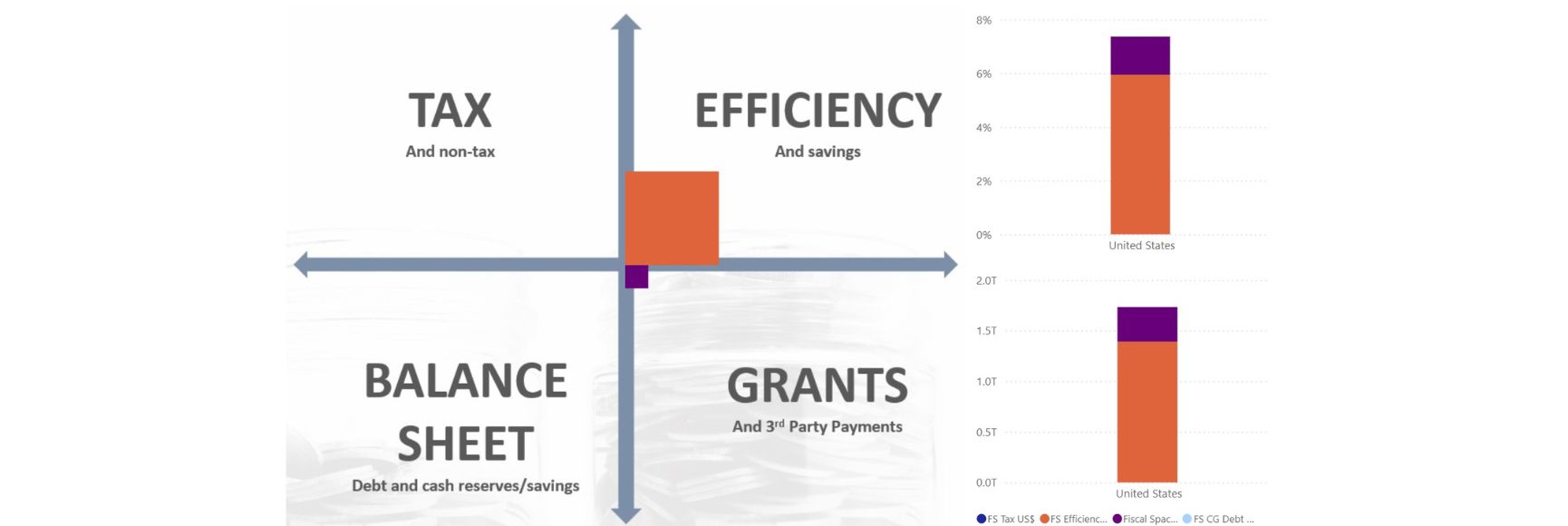Posted by David Gentry
Rarely can you find a technical assistance related document that does not refer to the need for capacity building. It is equally rare that capacity constraints are well defined in those documents. What capacities are we talking about? The customary concept of capacity, in the context of technical assistance, is the ability to successfully implement a reform decision. For example, if a country decides to introduce a new tax policy, does it have the administrative ability to implement it? Let’s call this implementation capacity. This type of capacity is a common focus of technical training. However, experience suggests there are two other categories of capacity that play crucial roles in the success of PFM reforms: pre-implementation capacity and post-implementation capacity.
Pre-Implementation Capacity
Pre-implementation capacity is the ability to choose a specific reform that has a reasonable chance of success. It is common, certainly it is in my personal experience, for ministries of finance to agree to reform agendas not really suited to them and then fail to fully execute.
On the surface it may be difficult to distinguish between pre-implementation and implementation capacity. In the pre-implementation period there are two points of possible adjustment: the reform aim itself and the capacity to implement the reform. In other words, I can lower the hurdle bar or I can learn to jump higher. Since it may be unreasonable to expect extraordinary improvements in my jumping ability in the short run, adjusting the hurdle bar is often the chief determinant of success.
What are common gaps in pre-implementation capacity? First, resources required for a task are often underestimated. Resources include number of staff and their knowledge and skills, available attention and effort by senior management, time required to implement, financial cost and political support. For example, implementation of new information systems frequently stumble because managers underestimate the staff, effort and time required for system development.
Second, the effectiveness of those resources may be overestimated. Even if managers plan resources properly, those resources may not be as effective as anticipated. For example, if an IT project typically requires five members for developing a certain application, the team may not be able to accomplish as much as planned because they do not get sufficient guidance from users and may have a less-than-fully experienced project manager.
Finally, the effectiveness of capacity building efforts may be overestimated. If the capacity constraint relates to very specific technical skills, great strides in capacity can often be achieved in a relatively short period of time. However, if capacity constraints are more intangible, for example relating to the ability of senior officials to improve management through delegation of responsibilities or to the degree of commitment to a reform, capacity building is far more difficult. In short, we often think we can improve our jumping ability more quickly than is really the case.
Implementation Capacity
As noted above, implementation capacity is typically thought of as the technical ability of staff to perform a task. But if capacity building is intended to increase the probability of success once a decision has been made, the definition of capacity should be broader. Obstacles to successful implementation have been discussed many times in the pages of the PFM Blog and won’t be repeated now. The point here is that when capacity constraints and capacity building are referred to in TA reports, the author should have a reasonable understanding of the broad range of implementation obstacles and convey a sense of relative significance among them. If such analysis is not detailed in TA recommendations, pledges to build implementation capacity ring hollow.
Post-Implementation Capacity
Post-implementation capacity is the ability to use the benefits of, and incur the costs required by, the reform after it becomes operational. If benefits do not outweigh costs in the long run the reform will be suspended after it becomes operational.
A reform may be fully executed according to plan and still fail if the benefits arising from the reform are not demanded, valued or used. This is especially true in public financial management, where many reforms are based on producing new information and using that information to make decisions. For example, program budgeting results in information that is intended to change how resource allocation decisions by the ministry of finance, and management decisions by line ministries, are made. If decision making behavior does not change in the presence of this new information, the reform is not worthwhile. The history of public financial management is filled with reforms that were stopped after years of full scale operation because the benefits were viewed as insufficient to warrant the new systems, procedures and data.
Long term costs of reforms are often underestimated. Costs in this sense relate to money outlays (for example, an increased number of staff), effort (such as the energy expended by the ministry of finance of endlessly badgering line ministries to supply information and verifying its accuracy) and attention (changing the issues and priorities of decisions makers within the ministry of finance, line ministries, government and Parliament). Most reforms require persistent long term commitment, including training, tweaking of policies and procedures, controlling data quality, and maintaining systems. These capacities don’t come cheap. An interesting example of this capacity constraint, especially the importance on ongoing costs, is discussed in a recent review of the performance budgeting reforms from the Bush presidency: Playing the Wrong PART: The Program Assessment Rating Tool and the Functions of the President’s Budget published in the January / February 2012 issue of the Public Administration Review. The article analyses why the US Federal Government’s PART reform, which had many attractive features, is being scaled back.
Post-implementation capacity is especially difficult to develop because the long term benefits and costs of a reform often will arrive after changes in government. Consequently, commitment to the reform must lie in the career civil service as well as with the political leaders who may change with elections. However, in countries where the civil service is weak or where institutions and management procedures are not well established, the civil service cannot be expected to greatly influence the outlook of newly appointed political leaders.
When should capacity building occur?
Capacity building efforts are usually components of an approved reform program. In other words, capacity building efforts are carried out after the reform decision has been made. In addition, TA projects, including capacity building components, are normally concluded once a reform measure first becomes operational. Maybe this is why capacity building efforts focus primarily on implementation capacity and less on pre- or post-implementation capacity. A case can be made that there should be a capacity building program to enhance the ability to develop and assess reform options before a reform project is agreed to and continue after a reform becomes operational.
Summary
Analysis of capacity should be an integral part of the thinking to select a specific reform that has a high probability of success. Quick agreement to adopt a reform is a good predictor of risk. A thorough evaluation of resources and other requirements should precede any agreement to a PFM reform. Similarly, neglecting to clearly identify the demand and likely use of the reform once put into place is a good predictor of risk. “Build it and they will come” may work in the movies, but it usually doesn’t work in real life. The ability of an organization to perform these pre- and post-implementation analyses are critical to the success of a reform, and are a crucial addition to the commonplace understanding of capacity as simply the ability to execute a decision once made.
Note: The posts on the IMF PFM Blog should not be reported as representing the views of the IMF. The views expressed are those of the authors and do not necessarily represent those of the IMF or IMF policy.





